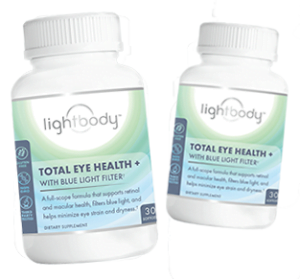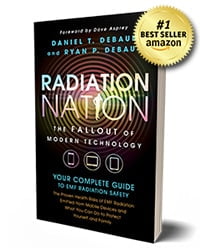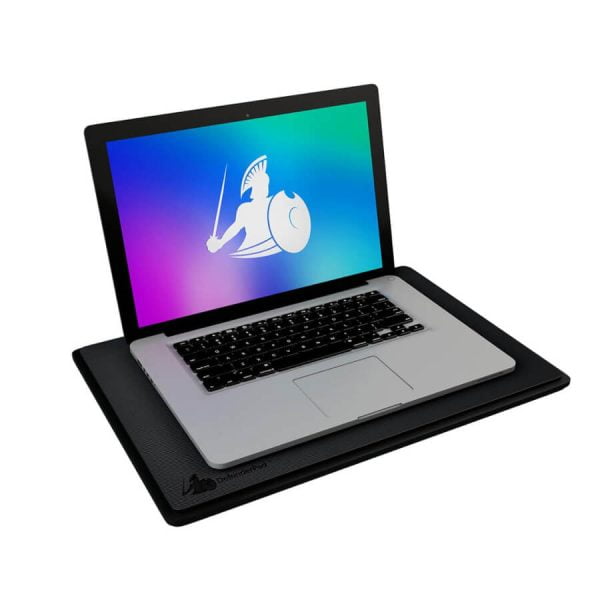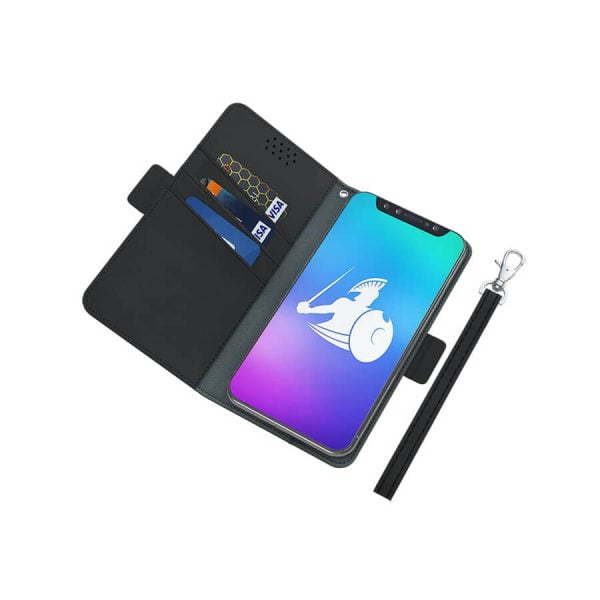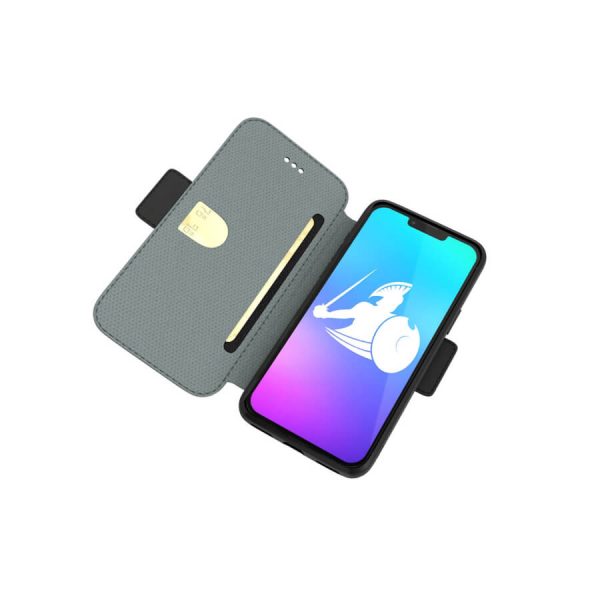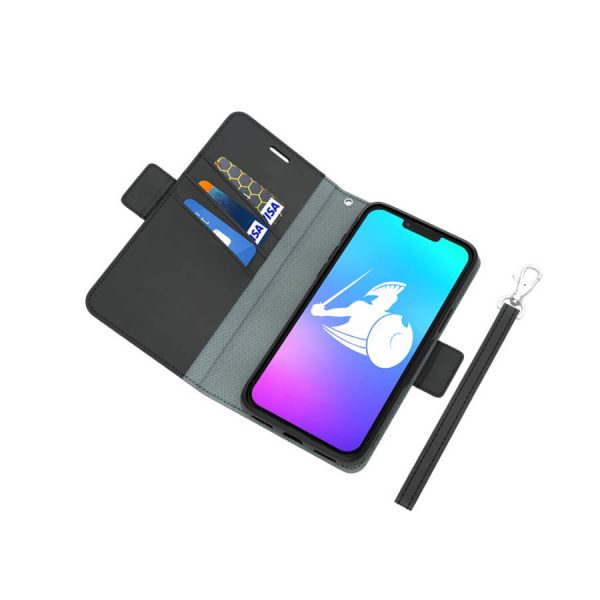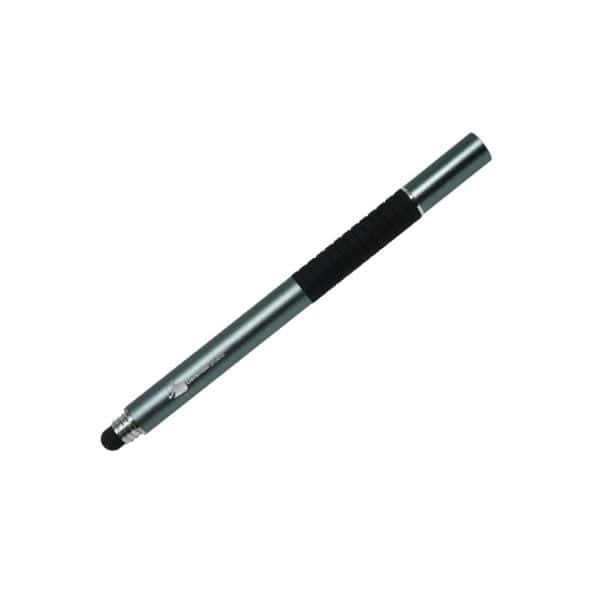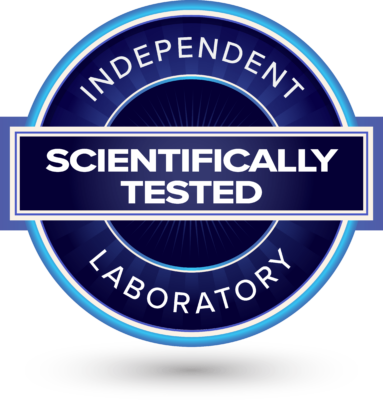Your cart is currently empty!

5 Ways to Protect from Blue Light Effects on Sleep & Eyes
Last Updated on October 3, 2023

We’ve all experienced that feeling when our eyes have been focused on the blue light of a brightly-lit smartphone or tablet screen a little too long.
Our eyes feel strained and tired, and we may even get a headache if we stay at it long enough.
We might feel mentally exhausted, yet too stimulated to let our minds truly “shut off”.
Unfortunately, the potential negative effects of our mobile device screens and monitors go beyond temporary discomfort.
What is Blue Light?
You may not have heard of blue light, but you most certainly encounter it on a daily basis. Smartphones, tablets, televisions– basically, any digital device with a screen– emits it.
And the rise in non-incandescent household light bulbs over the last decade has also made exposure to blue light quite common.
You might be thinking that the light from these sources doesn’t appear to be blue, so why is it called blue light?
The specific type of light utilized by our screens is known as LED light. LED is short for “Light-Emitting Diodes,” which are ultra-bright lights with a wavelength of 400-495 mm. This wavelength range corresponds to the color blue on the visible light spectrum, and is among the highest-energy type of light that our eyes can perceive.
White LEDs and other colored lights are made by pairing a blue LED with a lower-energy type of light (white, for example, is created by coating a blue LED light with a yellow phosphor). So even though the light coming from your screen at this moment may appear white, it is predominantly blue wavelengths you are taking in.
This type of lighting has become prevalent for numerous reasons. The small size of LED lights is ideal for the thinner, high-resolution screens that consumers now expect from their TVs and laptops. This also goes for smartphones, which must be compact yet essentially match the display quality of its larger sister devices.
LED light is also quickly replacing other types of light because of the energy it saves.
According to the US Department of Energy, LED lighting “can be six to seven times more energy efficient than conventional incandescent lights and cut energy use by more than 80 percent.” They also can keep working 25 times longer than incandescent light bulbs.
These qualities translate to lower energy costs, both for our wallets and our environment.
Aside from those positives, LEDs are also more resistant to breakage, can focus light in a single direction, contain no mercury, lose minimal energy as heat, and are quicker at switching (good for indicator lights).
Unsurprisingly, this means that blue light is now used everywhere. Traffic lights, digital displays on everything from ovens to alarm clocks, storefront signs, and the energy-saving lightbulbs we purchased to replace the incandescent bulbs in our living room. And for the most part, this is a good thing.
Clearly, LEDs are superior to older-style incandescent bulbs in many ways.
The problem arises when we stare directly at blue light for hours and hours each day.
Why Should I be Concerned About Blue Light?
As the amount of blue light our eyes take in on an average day increases, negative health consequences are also coming to light.
Blue Light Effect on Your Sleep
One of the most immediate ways that blue light affects us is that it alters our circadian rhythm, or sleep-wake cycle.
This biological process is what causes our bodies to feel tired around the same time each evening, signaling that it’s time to rest. The human circadian rhythm is mediated by a hormone called melatonin–when we are in darkness, the pineal gland (a tiny endocrine gland in the center of our brain) produces it, ultimately encouraging us to fall asleep.
Research shows that blue light–more so than any other wavelength of visible light–has stimulating effects, boosting alertness and mood.
During the day, this can actually be helpful for us if we use moderation and take it in primarily from the sun and sky.
However, exposure to light (particularly blue light) in the hours before bed suppresses the release of melatonin. According to a Harvard study where subjects were exposed to either blue or green light for equal amounts of time, blue light inhibited the release of melatonin for twice as long as green.
A lack of melatonin consequently leads to insomnia and poor, irregular sleep. Our energy levels during waking hours also suffer. Even worse, sleeping problems can contribute to more serious health conditions like obesity, depression, and heart disease.
Blue Light Effect on Your Eyes
Another reason to limit how much blue light we take in? Even one prolonged dose can cause digital eye strain (DES). This is why your eyes can feel itchy and sore after a long day at your computer.
If your screen is the only bright object in an otherwise dark room, this effect is even more pronounced.
Blue light can also damage our eyes over time. This review of studies by the Molecular Vision Journal cites multiple findings that exposure to blue light of varying intensity may cause damage to our photoreceptors–the cells in our eyes that respond to light.
When the pigment in our retinas are exposed to higher intensity light on the visible spectrum (blue light is right at the high-energy edge of visible light, and is followed by UV light), free-radicals are formed, causing oxidative damage and photoreceptor death.
Over time, this can lead to macular degeneration and other eye problems.
How Can I Protect Myself Blue Light?
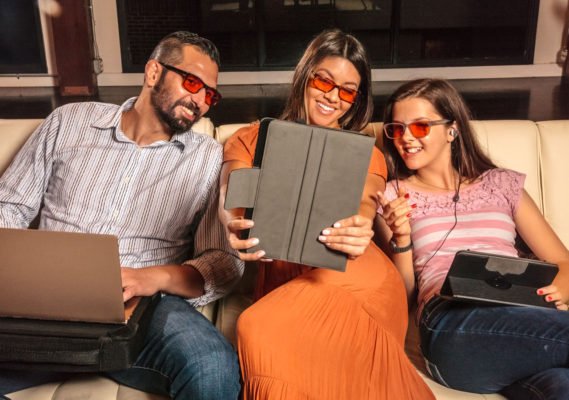
Blue light sources in our homes and public spaces will only continue to increase. Luckily there are several ways to limit your exposure to blue light. Awareness of the effects blue light has on us is only the first step.
Below are tips that can help you minimize the potential negative effects of blue light:
- The simplest way to protect yourself is to cut back on screen time whenever possible, especially closer to bedtime.
- Avoid using your devices in the dark, as this increases your chance of eyestrain.
- Lower screen brightness to just the amount you need to see comfortably versus keeping its light full blast.
- There are ways to filter blue light on your mobile devices and computers. For example, on iPhones, turn on “Night Shift” mode. On Samsung Galaxy phones, you can use eye protection apps or enable “Blue Light Filter.” If you are using a PC or a Mac computer you can download software such as “f.lux”, which will filter blue light from your screen.
- Use blue light blocking glasses, especially if you are unable to cut back digital device use in the evenings. Blue light blocking glasses can filter out the blue wavelengths coming from all digital sceens, to help your body rest at night and keep your circadian rhythm in check!
Watch Below to Learn More About Blue Light
Related Posts
None found

